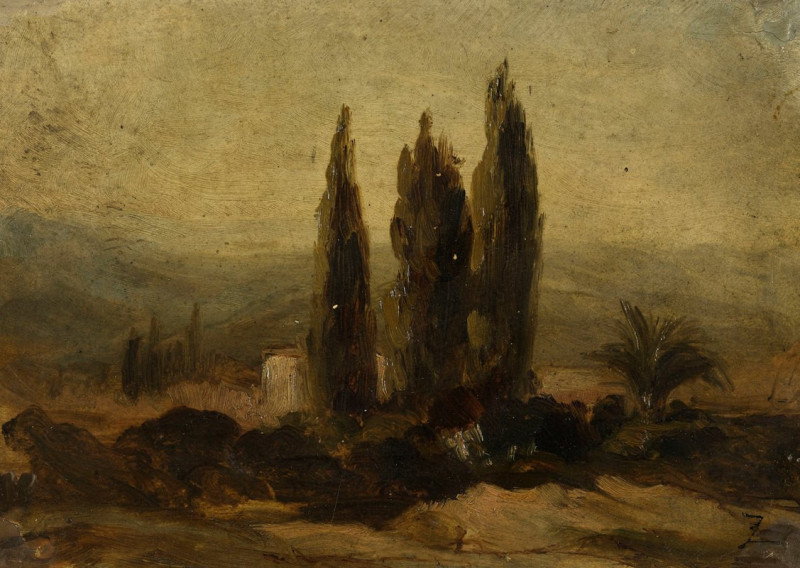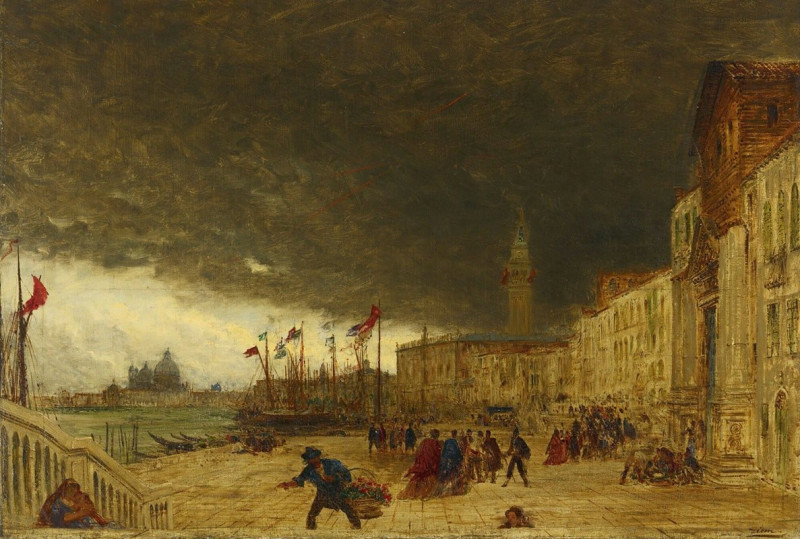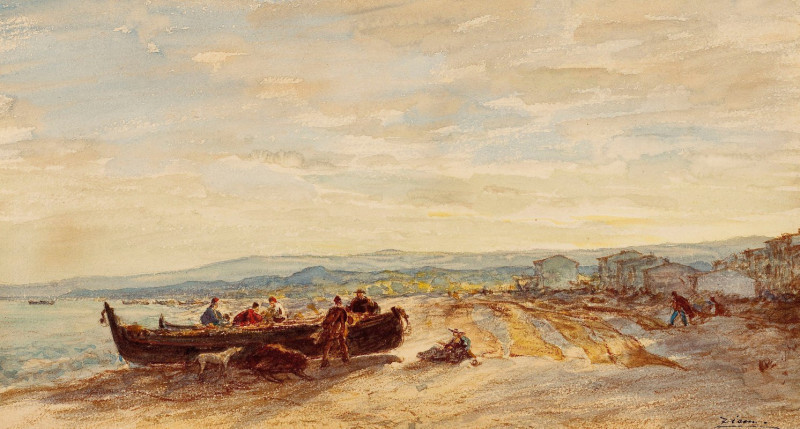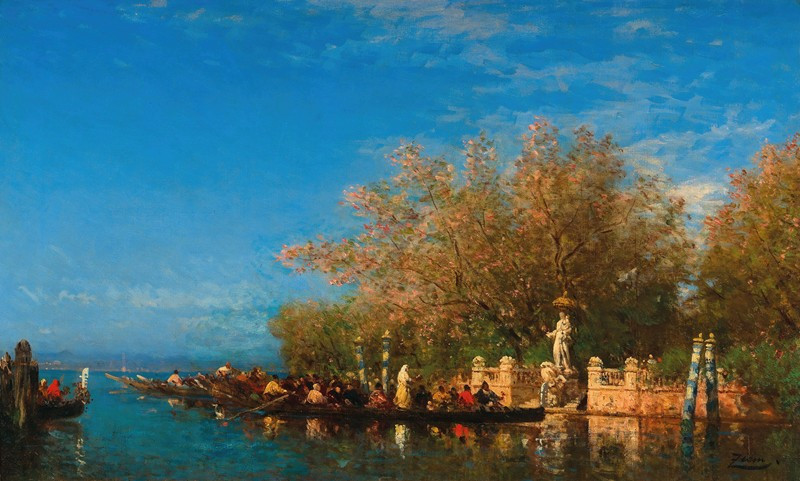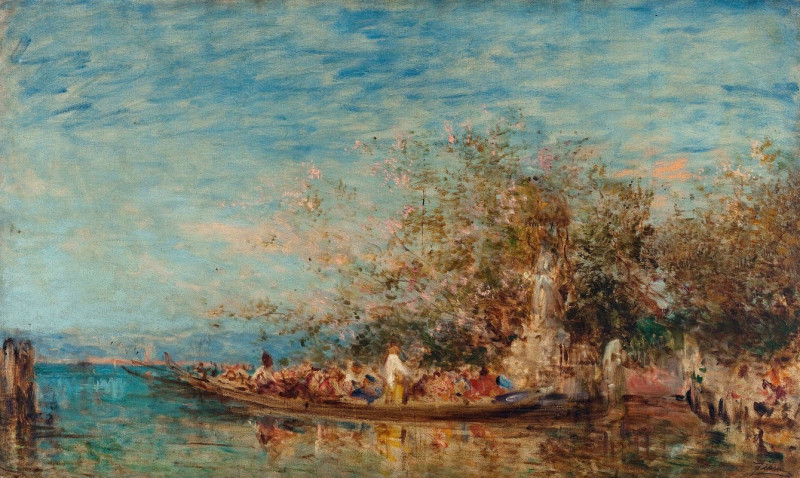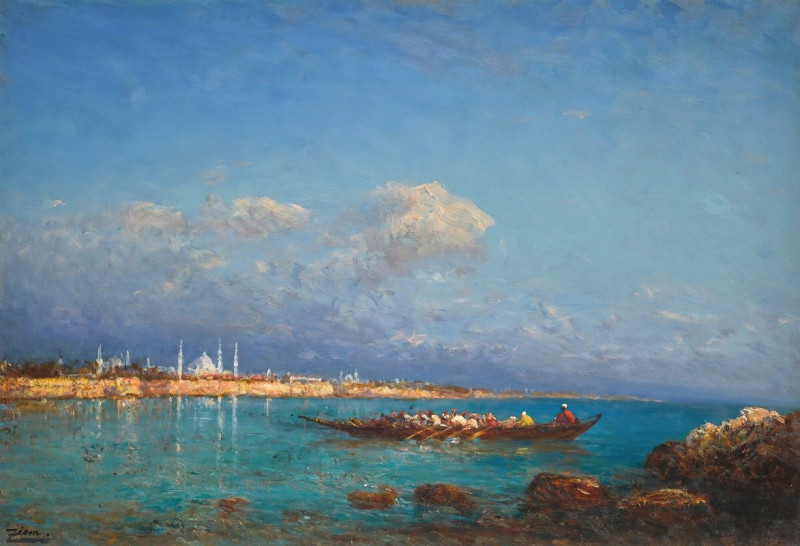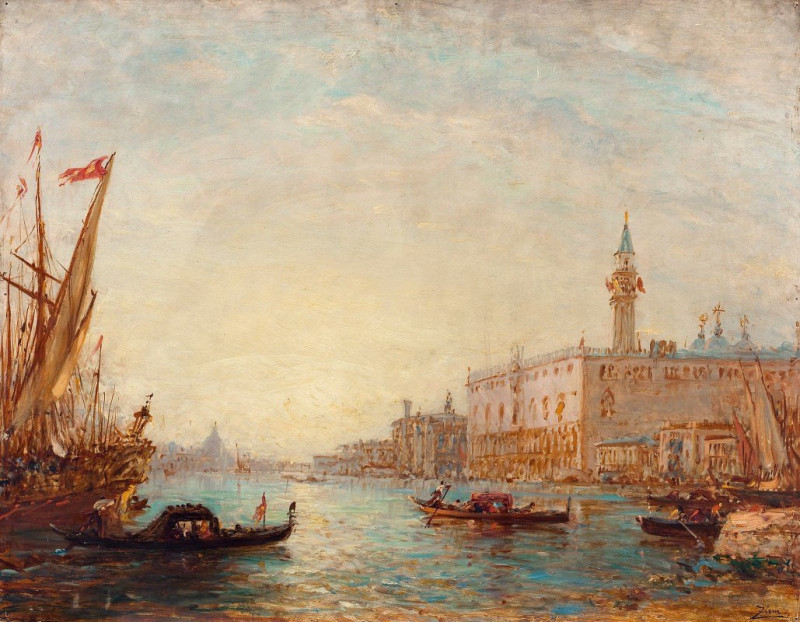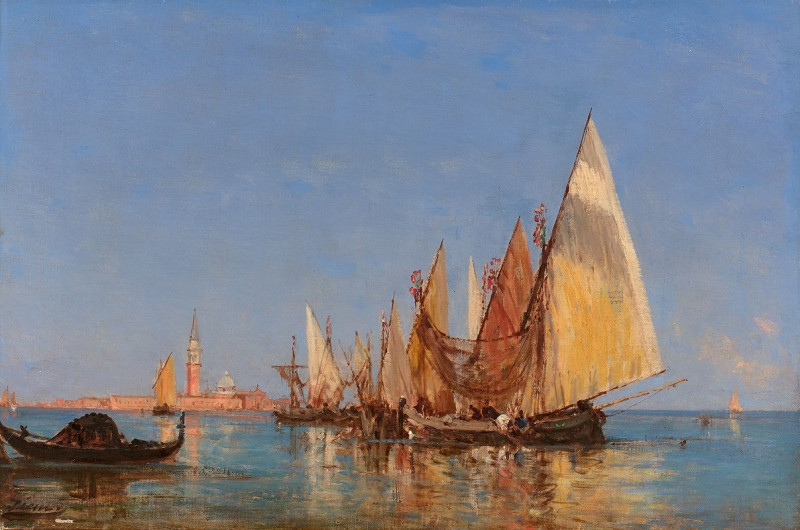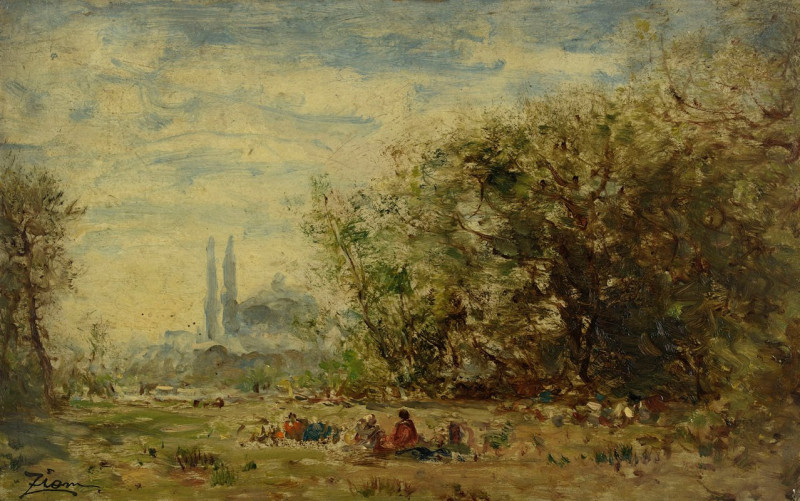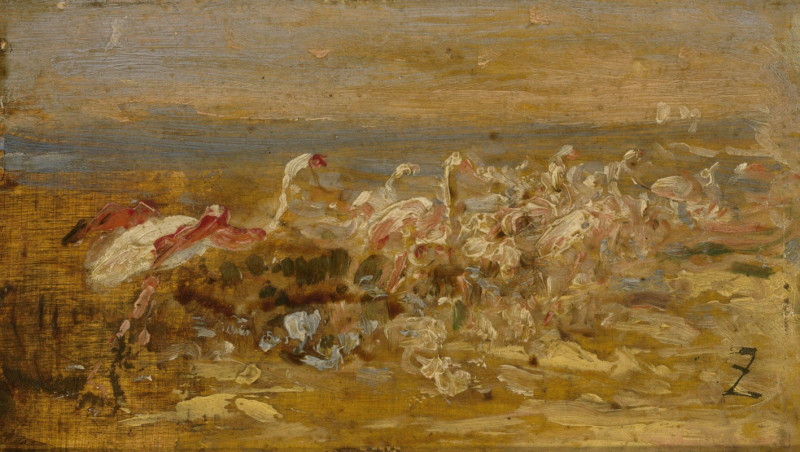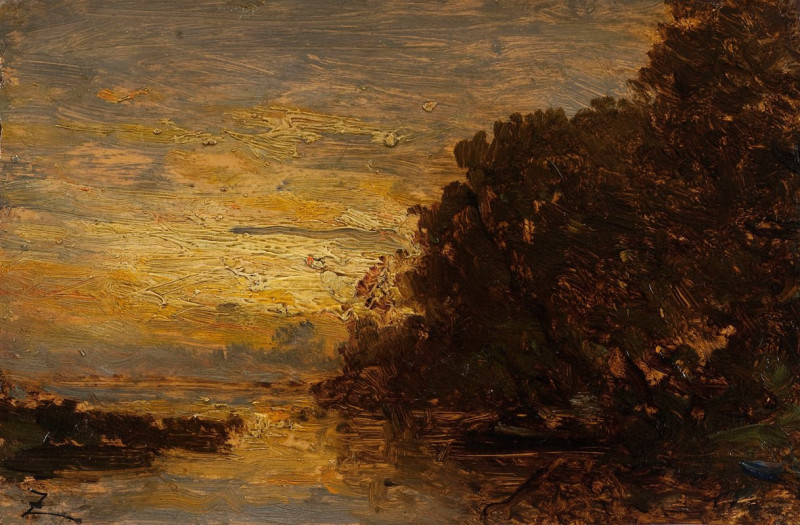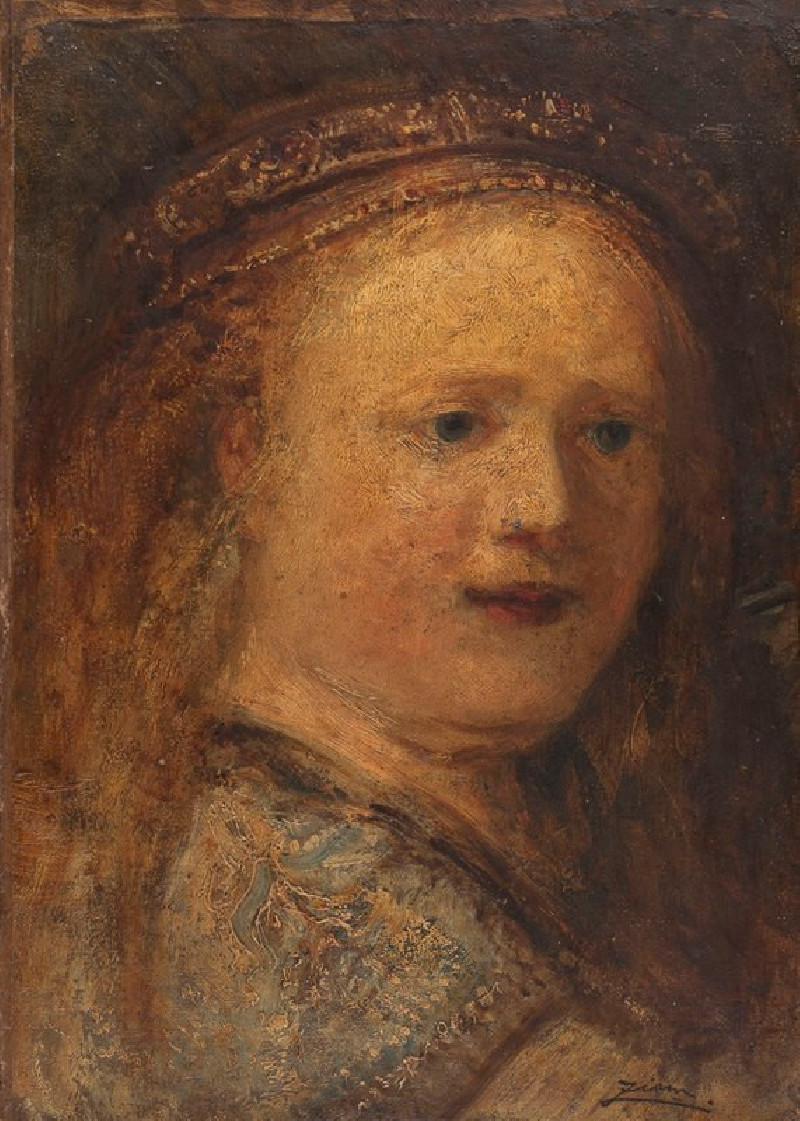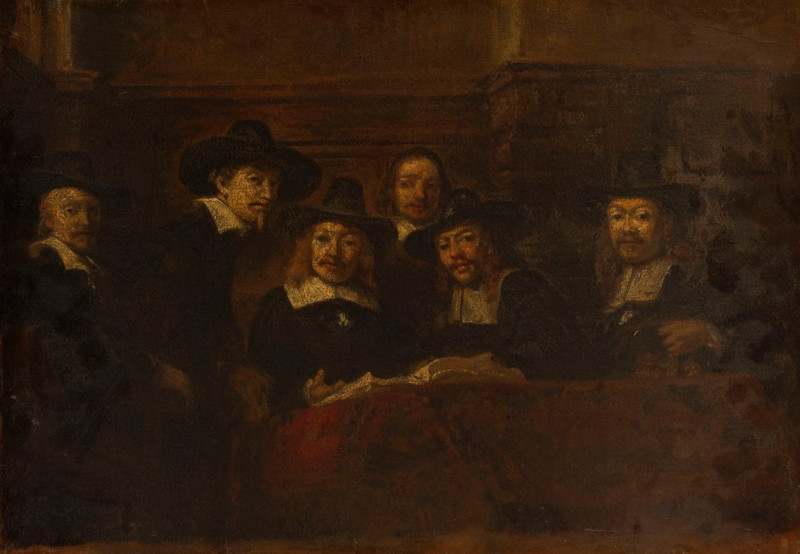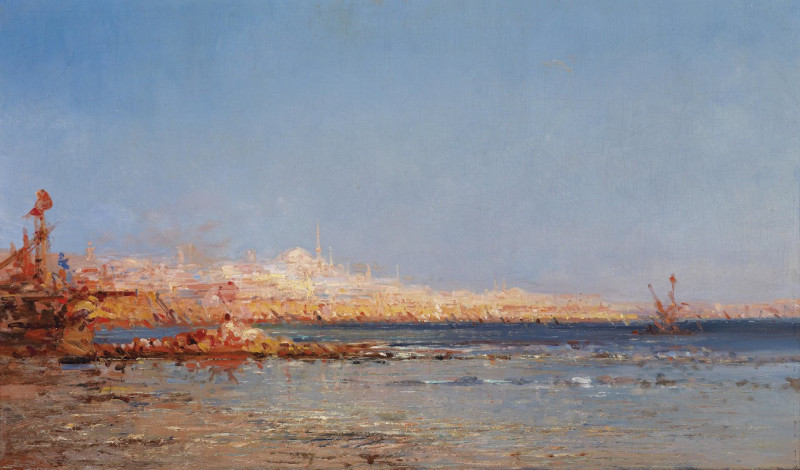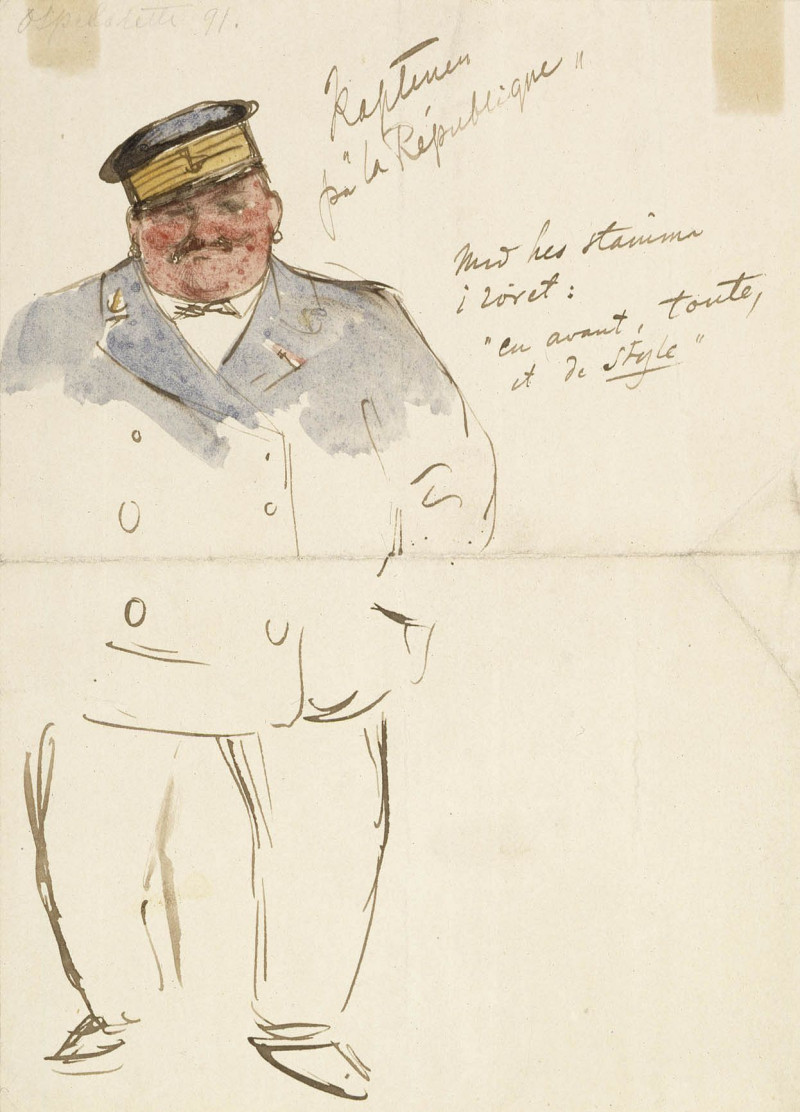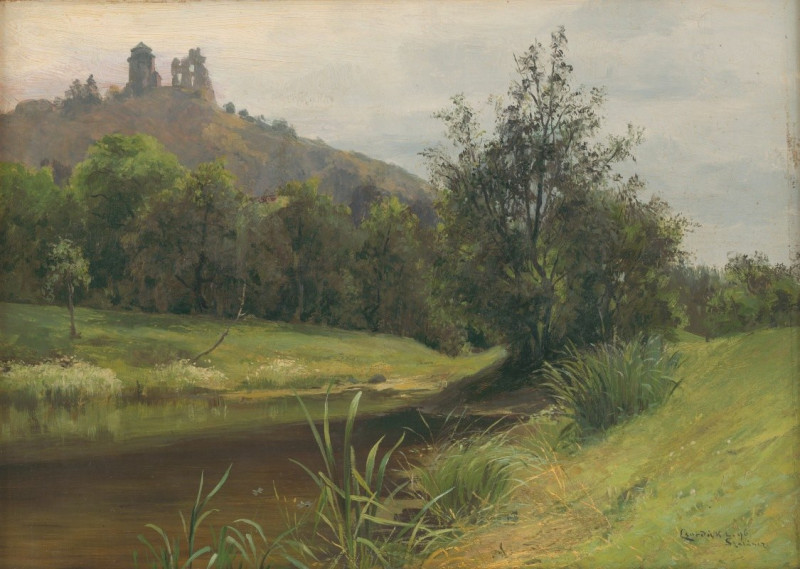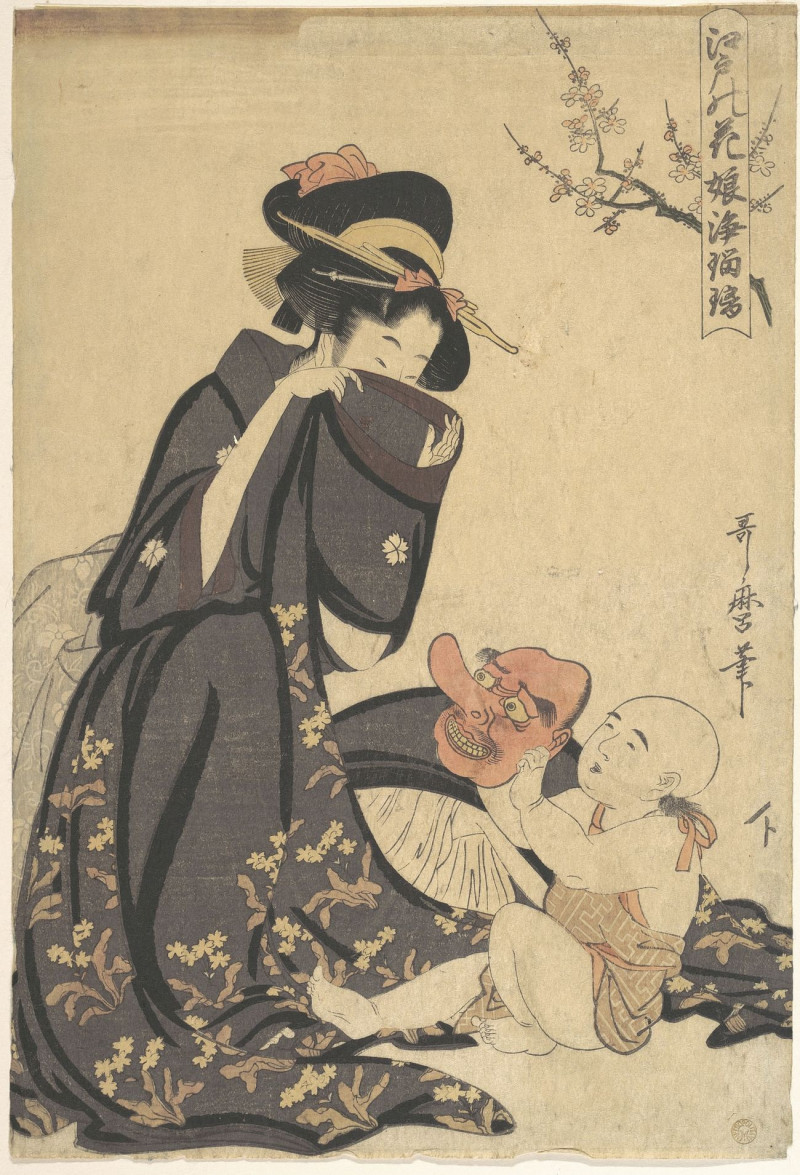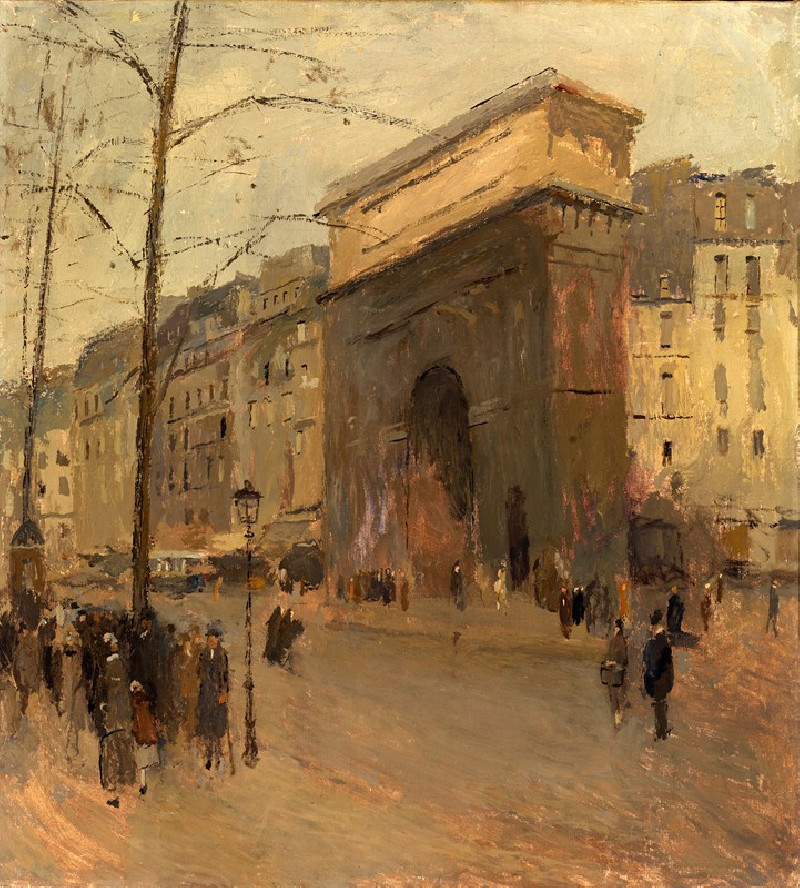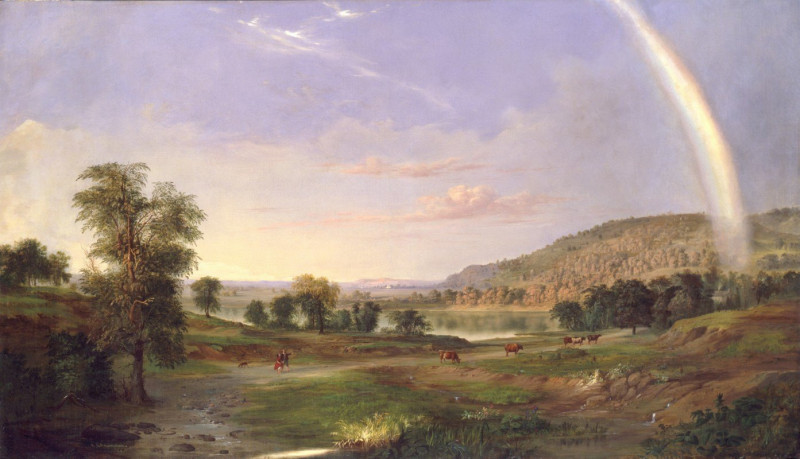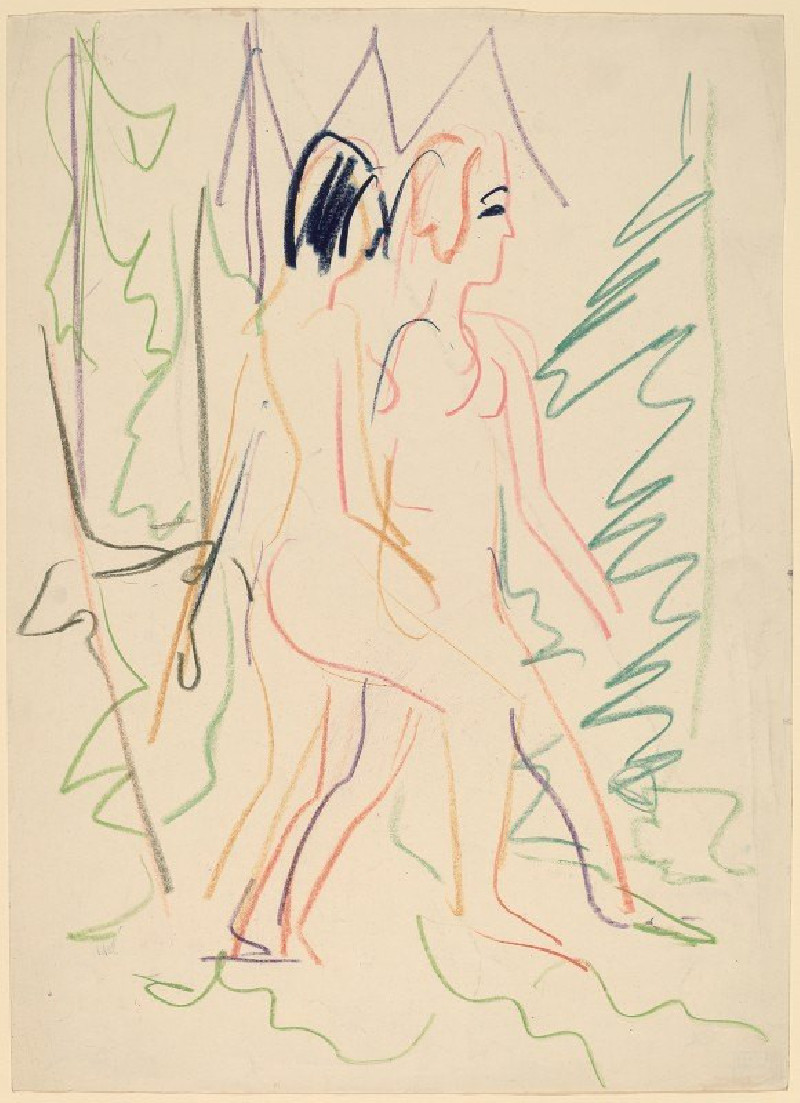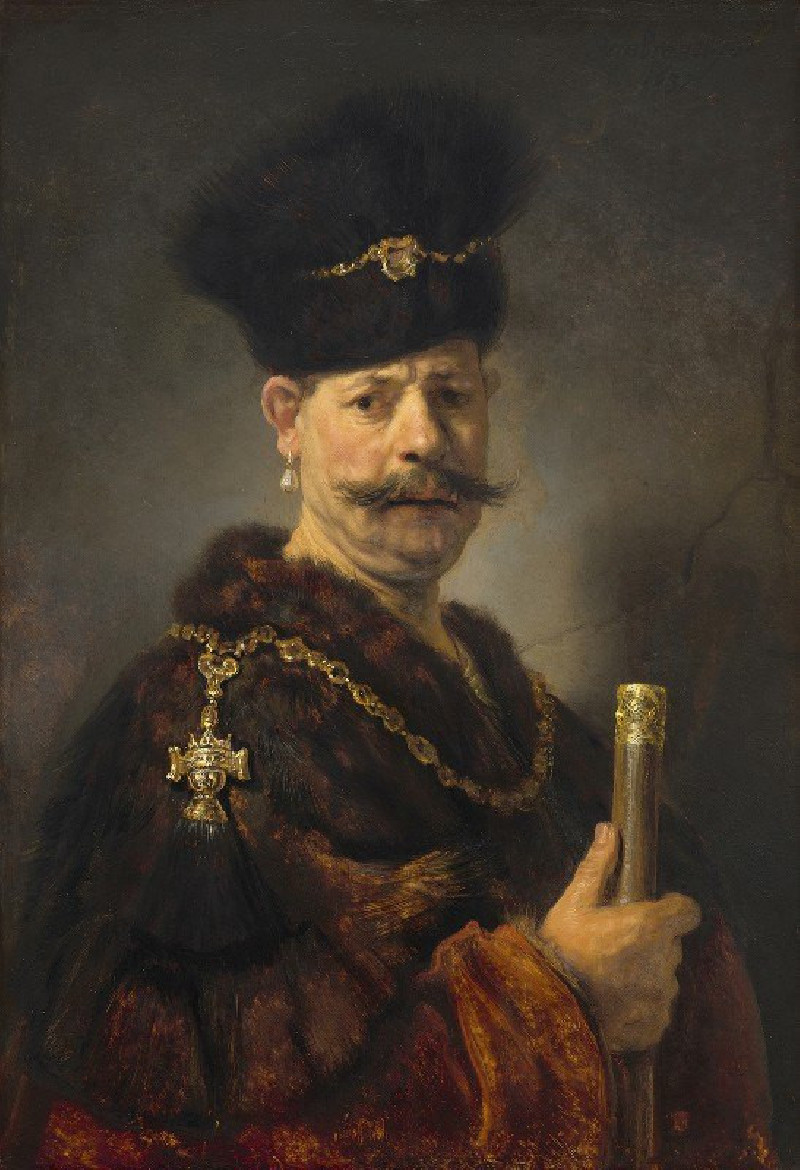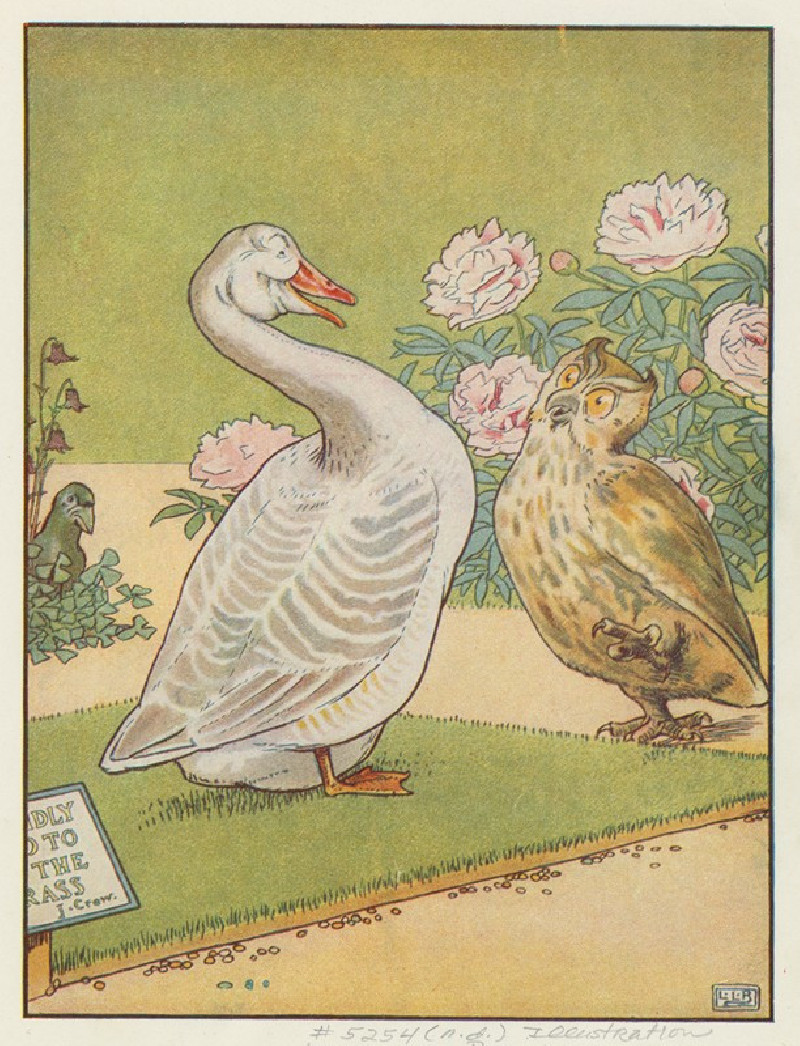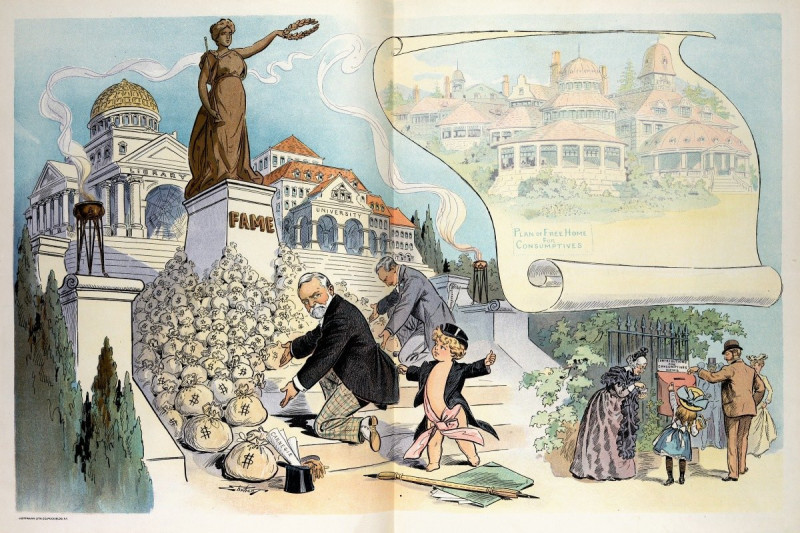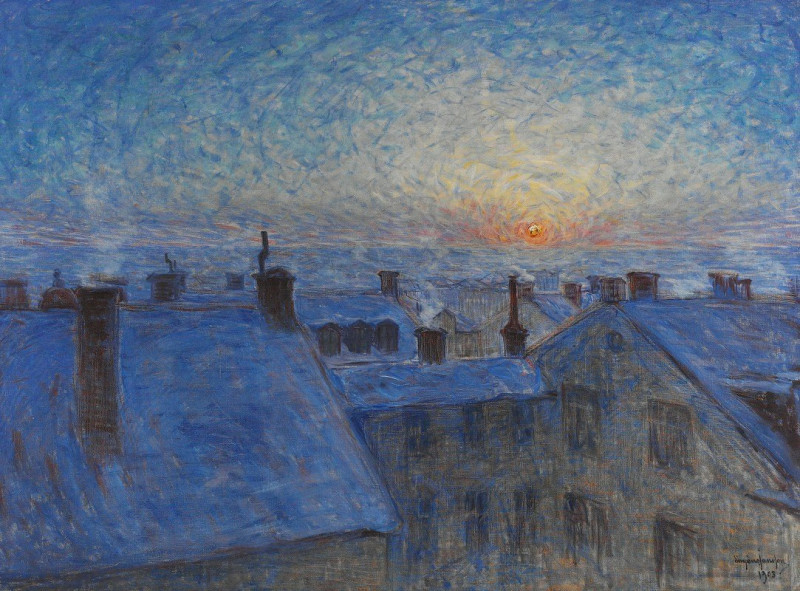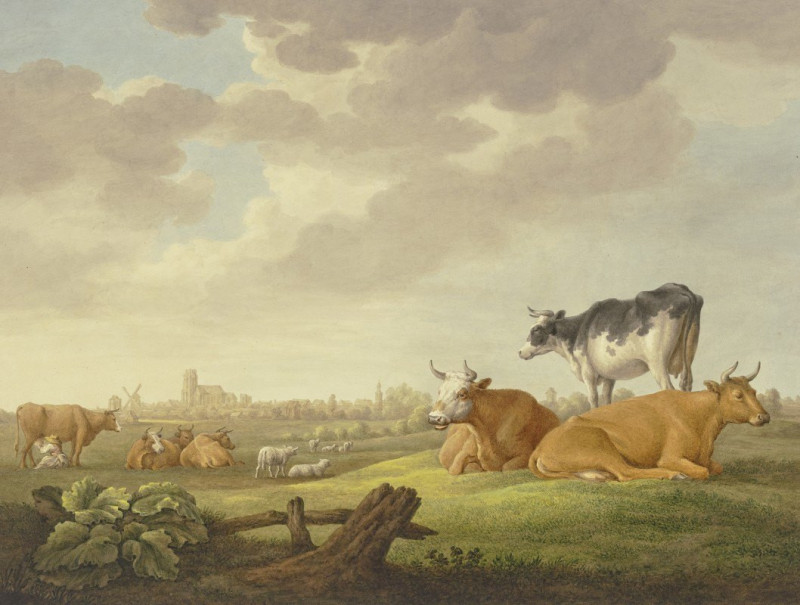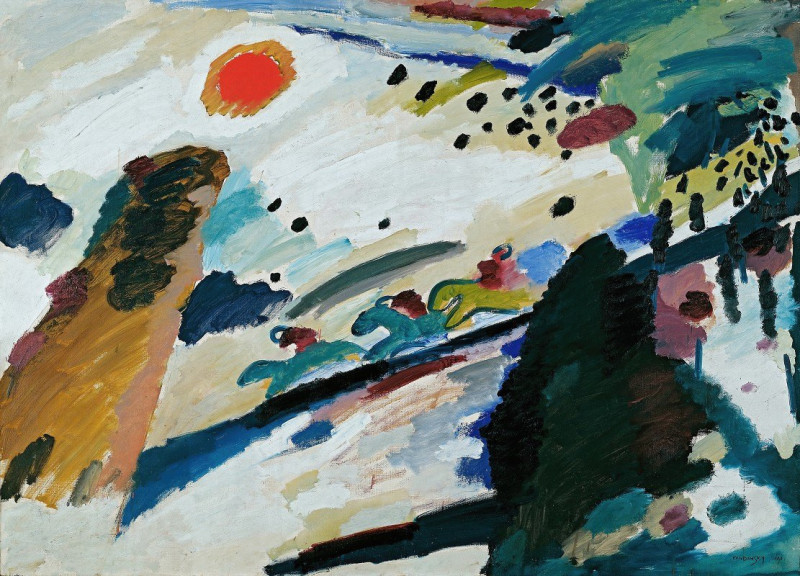La sortie du Palais des Doges sous le pont des Soupirs (1870)
Technique: Giclée quality print
Recommended by our customers
More about this artwork
Discover the elusive charm of Venice in Félix Ziem's captivating painting, "La sortie du Palais des Doges sous le pont des Soupirs" (1870). This masterful work presents an atmospheric and romantic scene set in the heart of Venice, outside the historically significant Doge's Palace. Ziem, a noted Barbizon School painter, expertly integrates architecture and mood, bringing to life the essence of Venetian splendor.In the painting, a gondola gently floats out from the shadows of an elaborately adorned water gate beneath the iconic Bridge of Sighs. Rich, moody tones dominate the composition, contrasting sharply with the vibrant, colorful attire of the figures on the boat. These figures, adorned in lustrous garments, appear animated and elegant, reminiscent of a bygone aristocratic era. A lone gondolier, dressed in darker hues, navigates the boat, adding a touch of everyday Venetian life amidst the grandeur.Ziem's use of light and shadow not only highlights the intricate details of the Gothic architecture but also evokes a sense of mystery and transient beauty.

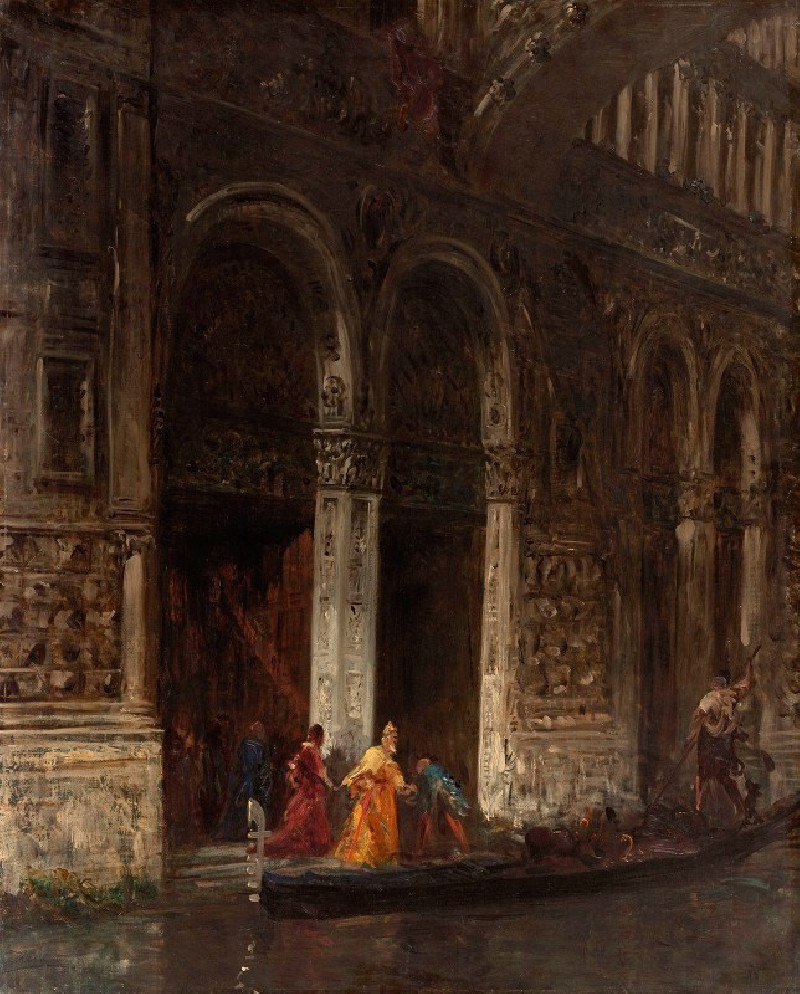

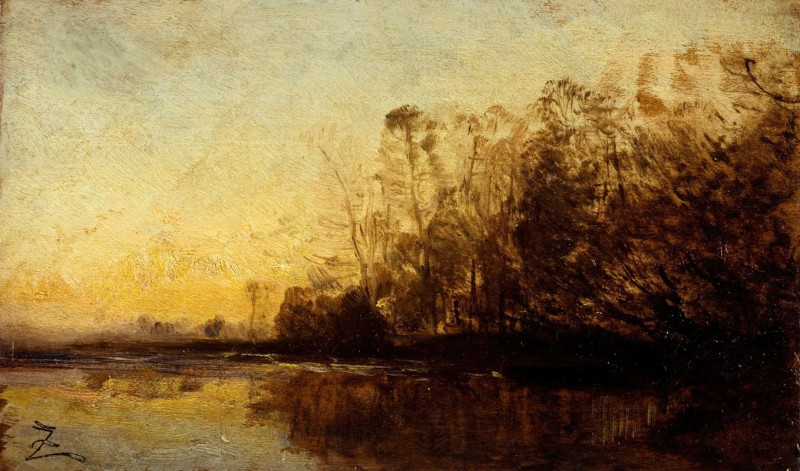
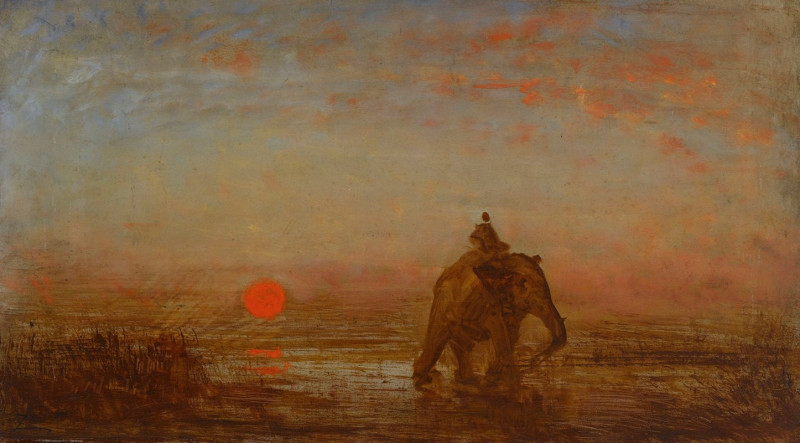
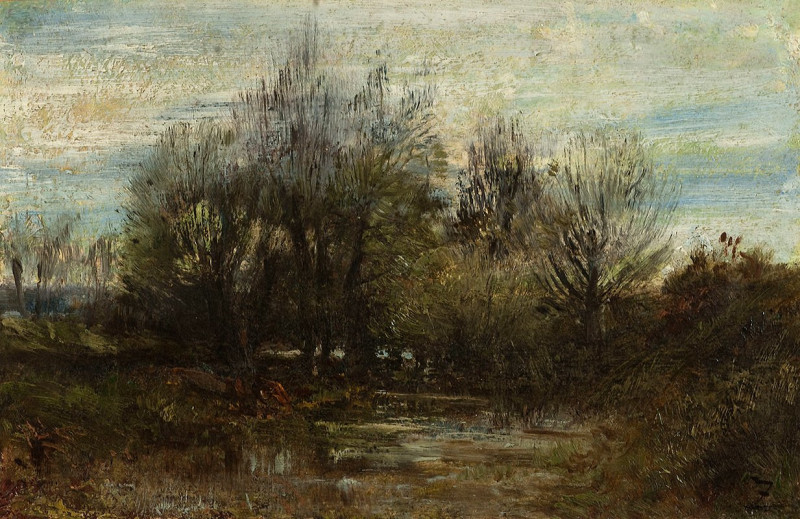
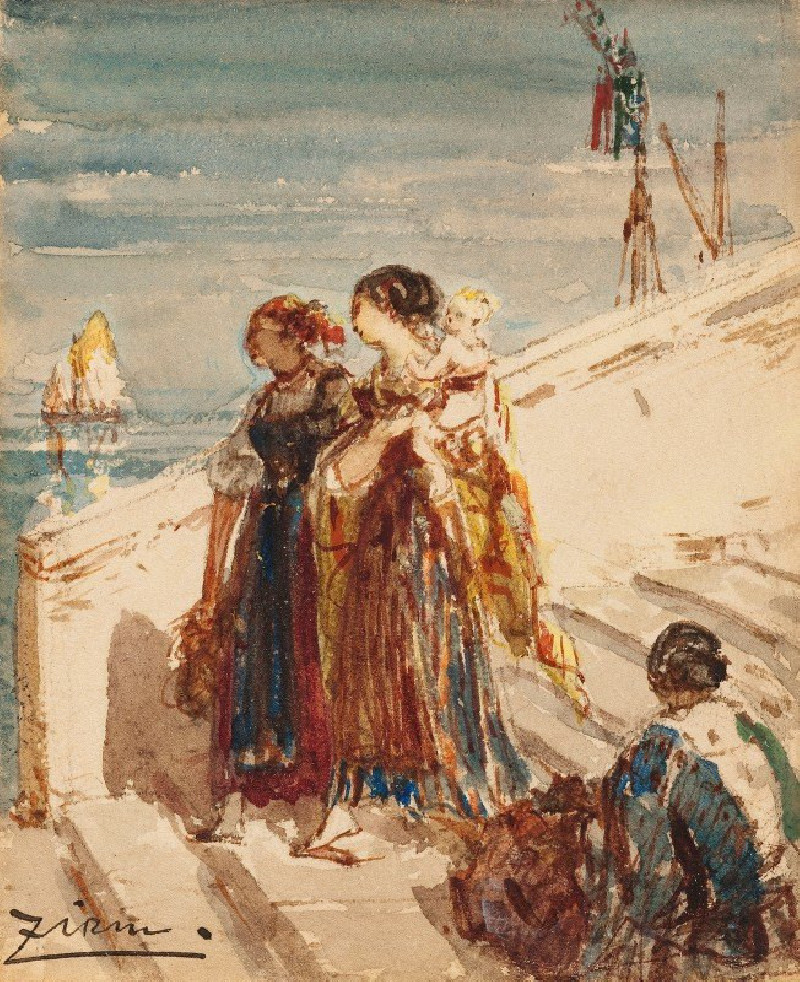

![Le Moulin [Environs De Martigues] (1890) reproduction of painting by Félix Ziem. ALL GICLEE PRINTS](https://reprodukcijos.lt/40587-large_default/reproduction-of-le-moulin-environs-de-martigues-1890.jpg)



